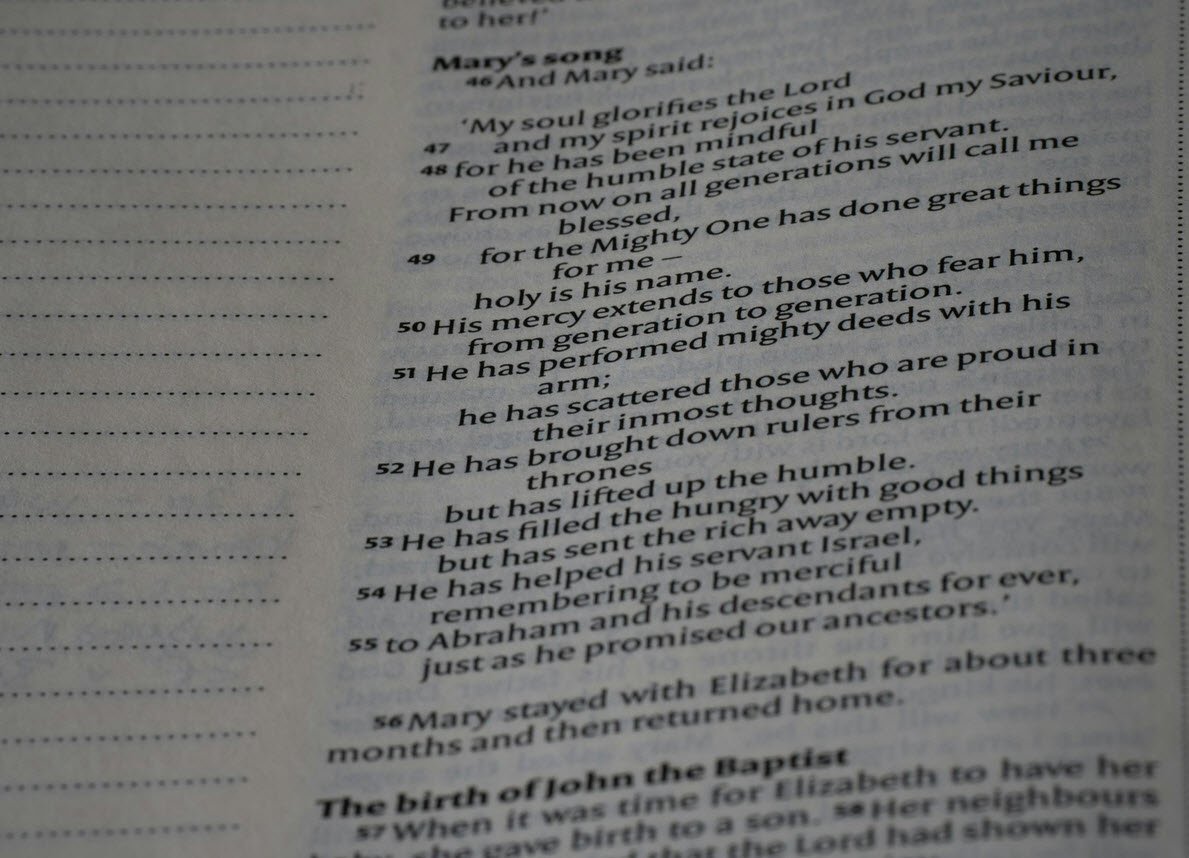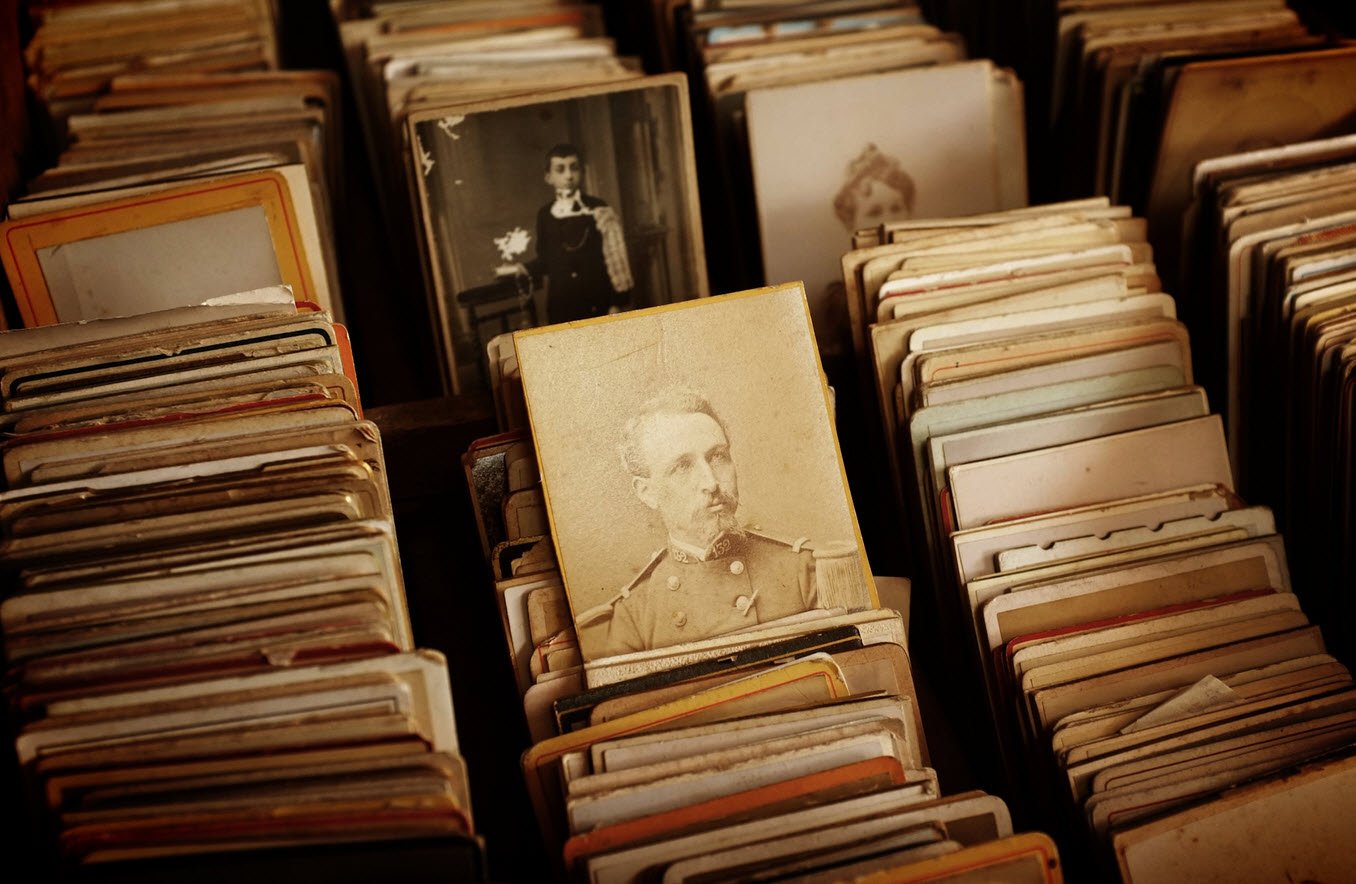
The TOEIC (Test of English for International Communication) is an English language proficiency test designed to assess the English language skills of non-native speakers in a business or professional context. The test is widely used by organizations around the world to evaluate the English language skills of job candidates, employees, and students.
The TOEIC test consists of two parts: the TOEIC Listening and Reading Test and the TOEIC Speaking and Writing Test. The TOEIC Listening and Reading Test is a paper-and-pencil test that consists of multiple-choice questions, while the TOEIC Speaking and Writing Test is a computer-based test that consists of spoken and written responses to prompts.
The test is designed to measure a wide range of English language skills, including listening comprehension, reading comprehension, speaking ability, and writing ability. Overall, the TOEIC is a widely recognized and respected English language proficiency test that is used by organizations around the world to evaluate the English language skills of non-native speakers.
Q&A Topic: Ways of Greeting
Greetings are an essential aspect of human communication, reflecting cultural norms, traditions, and social etiquette. The way we greet one another can vary significantly across different regions and countries, showcasing the diversity and richness of global cultures.
The handshake is one of the most common and widely recognized forms of greeting, especially in Western cultures. It involves grasping another person’s hand and giving a firm shake, symbolizing trust, confidence, and equality. The duration and strength of the handshake may vary based on the context and relationship between individuals.
In many European and Latin American countries, cheek kissing is a common way to greet friends, family, or acquaintances. The number of kisses and the side of the face can vary based on the specific culture and region. It’s important to note that cheek kisses may be more prevalent in informal or familiar settings.
Hugging is a warm and affectionate greeting widely practiced in various parts of the world, including many Western countries. The duration and intensity of the hug can vary based on the relationship and cultural norms. It is often used to express familiarity, friendship, or love.
Here are some questions that can help you to clear the TOEIC exam:
Q1 Great to see you again. I haven’t seen you __________ ages.
(a) by
(b) from
(c) of
(d) for
Answer: (d) for
Q2 Welcome to our house. Come in and make yourself __________.
(a) comfortable
(b) easy
(c) relaxing
(d) comforting
Answer: (a) comfortable
Q3 How do you do? I don’t think we’ve met __________.
(a) after
(b) since
(c) then
(d) before
Answer: (d) before
Q4 Hi Mary. Where have you been __________ yourself all this time?
(a) discovering
(b) hiding
(c) finding
(d) looking
Answer: (b) hiding
Q5 Good morning, sir. I hope you will have an enjoyable __________ in our hotel.
(a) stay
(b) halt
(c) stop
(d) sojourn
Answer: (a) stay
Q6 Good evening to you all. Let me find you a __________ near the window.
(a) corner
(b) angle
(c) table
(d) part
Answer: (c) table
Q7 How are you, David.? I must __________ you’re looking very well.
(a) declare
(b) recite
(c) state
(d) admit
Answer: (d) admit
Q8 Hello there. I just don’t believe it. You haven’t changed a __________ since we last met.
(a) bit
(b) piece
(c) little
(d) section
Answer: (a) bit
Q9 Ah, you must be Mary’s husband. Do come in and __________ everyone.
(a) see
(b) look
(c) find
(d) meet
Answer: (d) meet
Q10 Here you are at last! I hope your __________ here wasn’t too horrible.
(a) travel
(b) journey
(c) trip
(d) voyage
Answer: (b) journey








